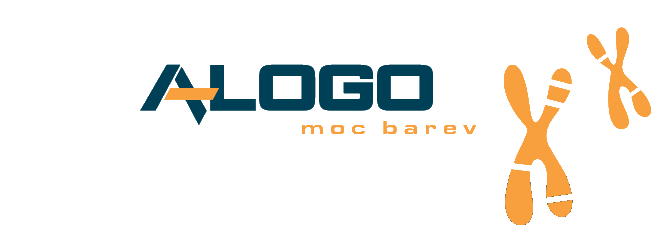XL IGH/MAFB DF

XL IGH/MAFB DF probe is designed as a dual fusion probe. The orange labeled probe covers the MAFB gene and flanks the breakpoint at 20q12, the green labeled probe flanks the IGH breakpoint region at 14q32.
The most frequent primary abnormalities in multiple myeloma (MM) are trisomies of odd-numbered chromosomes or translocations involving the immunoglobulin heavy chain (IGH) gene locus. The most common MM-associated IGH translocations are t(11;14), t(4;14), t(6;14), t(14;16) and t(14;20) in the order of their occurrence. As a consequence, translocation partner genes of IGH are dysregulated, as they are juxtaposed to transcriptional enhancers in the IGH locus. Prognosis and risk classification are strongly associated with the detection and interpretation of cytogenetic primary abnormalities. According to the International Myeloma Working Group (IMWG), risk classification of MM by FISH based analysis of IgH locus involving translocations represents one column of the entire diagnostics. Secondary effects are also influencing the outcome. Even if associated with poor prognosis in MM, MGUS/SMM cases characterized by the presence of t(14;20) can be stable for years before progression occurs, whereas MGUS/SMM cases with t(4;14) and t(14;16) show a significantly faster progression rate. The recurrent translocation t(14;20) (q32;q12) results in ectopic expression of the basic leucine zipper transcription factor MAFB (Vmaf musculoaponeurotic fibrosarcoma oncogene homolog B) which plays an important role in lineage-specific hematopoiesis. Furthermore, t(14;20) is associated with poor prognosis by promoting high cyclin D2 activity, thereby dysregulating normally balanced cell cycle.
Cena za kus: pro registrované
The most frequent primary abnormalities in multiple myeloma (MM) are trisomies of odd-numbered chromosomes or translocations involving the immunoglobulin heavy chain (IGH) gene locus. The most common MM-associated IGH translocations are t(11;14), t(4;14), t(6;14), t(14;16) and t(14;20) in the order of their occurrence. As a consequence, translocation partner genes of IGH are dysregulated, as they are juxtaposed to transcriptional enhancers in the IGH locus. Prognosis and risk classification are strongly associated with the detection and interpretation of cytogenetic primary abnormalities. According to the International Myeloma Working Group (IMWG), risk classification of MM by FISH based analysis of IgH locus involving translocations represents one column of the entire diagnostics. Secondary effects are also influencing the outcome. Even if associated with poor prognosis in MM, MGUS/SMM cases characterized by the presence of t(14;20) can be stable for years before progression occurs, whereas MGUS/SMM cases with t(4;14) and t(14;16) show a significantly faster progression rate. The recurrent translocation t(14;20) (q32;q12) results in ectopic expression of the basic leucine zipper transcription factor MAFB (Vmaf musculoaponeurotic fibrosarcoma oncogene homolog B) which plays an important role in lineage-specific hematopoiesis. Furthermore, t(14;20) is associated with poor prognosis by promoting high cyclin D2 activity, thereby dysregulating normally balanced cell cycle.
Cena za kus: pro registrované




